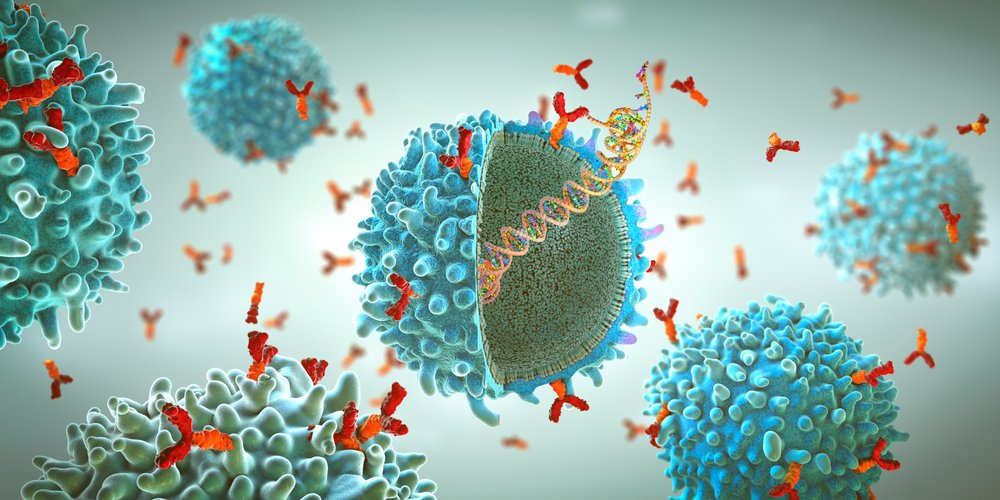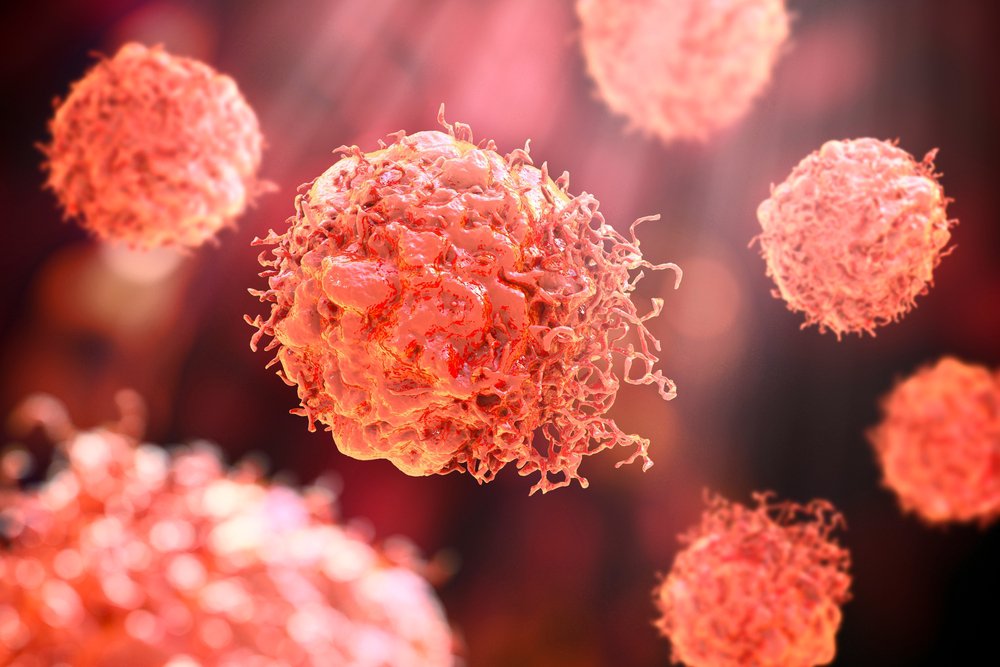Written by: Justin Wilson, partner and pharmaceuticals & gene therapy sector specialist at European intellectual property law firm, Withers & Rogers.
Investing in the development of cell and gene therapies (CGTs) for use in the treatment of rare diseases is not for the faint-hearted. As well as being a costly exercise, conducting clinical trials, securing regulatory approvals and lining up contract manufacturers to make new CGTs can take many years.
Conducting clinical trials for new CGTs can also be complex and challenging as many are targeted at the treatment of people with rare conditions, which can make it difficult to recruit sufficient numbers of patients. If the patients are geographically spread out, this can also bring organisational and logistical challenges. For example, the testing of autologous cell therapies can require a multi-step process involving harvesting cells from a patient, transporting them to a central manufacturing site to produce the cell therapy product, before shipping the product back to the patient for administration.
Nevertheless, the notion of discovering a novel therapy that could potentially cure a patient of a life-limiting condition with a single dose is an exciting prospect for innovators and investors alike. As a result, R&D initiatives to find new CGTs often attract significant capital investment.
It has been estimated that rare diseases affect around 400 million people worldwide. Currently, only about 5% of these have an approved treatment, so the commercial opportunity for companies that discover and develop single-use therapies is considerable. However, it is not unusual for CGT therapies undergoing clinical trials to fail at a late stage. To offset the significant losses incurred, companies involved in this dynamic sphere of R&D should look to optimise commercial rewards for therapies that do make it to market.
Some exciting new therapies have recently been approved for use by the European Medicines Agency (EMA). For example, a new gene therapy treatment for patients with haemophilia A – Roctavian – has been found to bring significant benefits for patients living with severe forms of this debilitating life-limiting condition. It also brings with it a reported price tag of about $2.9 million per patient in the US.
Other gene therapies, many of which use innovative Adeno-Associated Virus (AAV)-based viral-vector technology, have also been approved by the EMA for use in the treatment of certain genetic disorders, such as inherited retinal diseases and spinal muscular atrophy.
Other approved therapies include CAR-T cell therapies, which have proven their efficacy in the treatment of certain blood cancers and could potentially be used more widely for personalised cancer treatment.
When seeking regulatory approval for novel cell or gene therapies, innovators should aim to extend their exclusivity rights and the term of any commercial protection where possible. For example, they should consider trying to make use of any additional regulatory exclusivities intended for products for rare diseases. This may include applying to the EMA for an Orphan Drug Designation. If orphan status is granted for a specific clinical indication, the drug could benefit from 10 years of market exclusivity.
From an IP perspective, it may also be possible to apply for a Supplementary Protection Certificate (SPC). This could extend the life of an existing patent by up to five years, in situations where opportunities to leverage the 20-year period of patent protection have been curtailed by delays in obtaining regulatory approvals. A similar scheme exists in the US, where the owners of patents for certain drug and medical device products can apply to the Federal Drug Administration (FDA) for a patent term extension.
Instead of rushing to patent a novel cell or gene therapy at the earliest possible opportunity and assuming it’s a case of ‘job done’, innovators should consider the entire lifecycle of their innovation. For example, layering patent protection can help to build a more robust IP portfolio. This can be achieved by filing patent applications during the product development cycle, directed to further innovative aspects. These additional patent filings could be directed to one or more of: an improved cell or gene therapy product, the method of manufacture, the drug formulation, the route of administration, accompanying devices to aid administration, new clinical indications, sub-populations of known patient groups, combinations with other drugs, and so on. By patenting such additional advances, a patent holder can potentially extend the period of protection well beyond the initial 20-year term of the original patent.
In the costly and competitive field of research science, innovators must adopt a holistic view of each innovation’s commercial potential and aim to take advantage of regulatory and IP-related opportunities wherever possible. Missing out on opportunities to extend exclusivity rights or extend the term of patent protection could make the difference between making a healthy profit or suffering a major loss. The successful commercialisation of CGT innovations is key to maintaining the flow of life-changing treatments for the benefit of patients everywhere.




